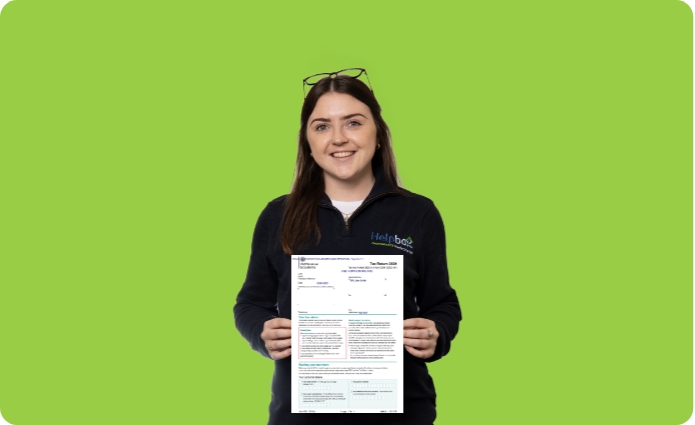
What is an SA100?
What is an SA100?
Filing a Self Assessment tax return can seem daunting, especially if you’re unfamiliar with the forms involved. One of the most important forms in this process is the SA100. This blog will break down everything you need to know about the SA100 form, helping you understand its purpose and how to complete it accurately.
1. What is the SA100 Form?
The SA100 is the main tax return form for individuals who need to file a Self Assessment in the UK. It is used to report your income, capital gains, and to claim any tax allowances or reliefs you are entitled to. The information provided on this form helps HMRC calculate your tax liability for the year.
2. Who Needs to Complete an SA100?
You need to complete an SA100 if any of the following apply:
- You are self-employed or a sole trader.
- You received £2,500 or more in untaxed income, such as rental income.
- Your savings or investment income was £10,000 or more before tax.
- You made a profit from selling shares, property, or other chargeable assets and need to pay Capital Gains Tax.
- You were a company director.
- Your income (or your partner’s) was over £50,000, and you or they claimed Child Benefit.
- You have foreign income that is subject to UK tax.
If you received a notice from HMRC to file a Self Assessment tax return, you must complete an SA100 regardless of your income situation.
3. Structure of the SA100 Form
The SA100 form is comprehensive and divided into several sections. Here’s a breakdown:
- Personal Information: Name, address, National Insurance number, and Unique Taxpayer Reference (UTR).
- Income: Details of all income sources, including employment, self-employment, pensions, property, savings, and investments.
- Tax Reliefs and Allowances: Information on tax-deductible expenses, pension contributions, charitable donations, and other reliefs.
- Capital Gains: Details of any chargeable gains from the sale of assets.
- Additional Information: Any other relevant information that affects your tax liability.
4. How to Complete the SA100 Form
Completing the SA100 form accurately is crucial. Here’s a step-by-step guide:
- Gather Your Documents: Collect all necessary documents, such as P60s, P45s, bank statements, records of self-employment income and expenses, and details of any other income.
- Register for Self Assessment: If you haven’t done so already, register for Self Assessment with HMRC. You will receive your UTR, which is required to file your return.
- Log into HMRC Online Services: You can complete and submit the SA100 form online through the HMRC website. Alternatively, you can download the form, fill it out, and post it to HMRC.
- Fill in Your Personal Information: Ensure all personal details are accurate.
- Report Your Income: Enter details of all income sources. Use supplementary pages if necessary for specific income types (e.g., SA103 for self-employment income).
- Claim Tax Reliefs and Allowances: Enter information on any tax reliefs and allowances you are entitled to.
- Complete the Capital Gains Section: If applicable, provide details of any chargeable gains and related reliefs.
- Check and Submit: Review the form for any errors or omissions. Once satisfied, submit your form online or by post.
5. Important Dates and Deadlines
The tax year runs from April 6th to April 5th of the following year. Key deadlines to remember are:
- Paper Returns: Due by October 31st following the end of the tax year.
- Online Returns: Due by January 31st following the end of the tax year.
- Tax Payments: Any tax owed is also due by January 31st.
6. Penalties for Late Submission and Errors
Submitting your SA100 late or with errors can result in penalties. Here’s what you need to know:
- Late Submission: Penalties start from £100 for being one day late, increasing with further delays.
- Errors: Mistakes can incur fines unless you can demonstrate that you took reasonable care to get it right.
7. Repayments and Adjustments
If you have overpaid tax, HMRC will issue a refund. Conversely, if you have underpaid, you will need to make additional payments. Adjustments can also be made for discrepancies from previous years.
The SA100 form is a critical part of the Self Assessment process for many UK taxpayers. Understanding what it is and how to complete it accurately can save you time and prevent costly mistakes. Always stay informed about your tax obligations and don’t hesitate to seek help if needed. For personalized advice and assistance, remember that Helpbox is here to help with all your tax-related queries.